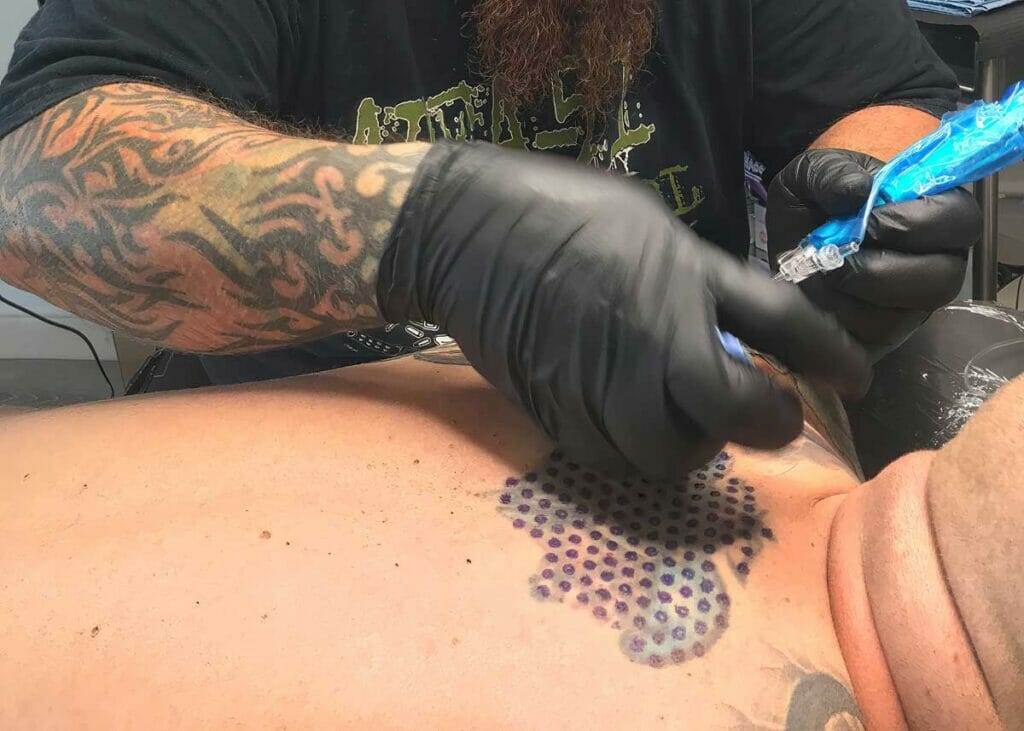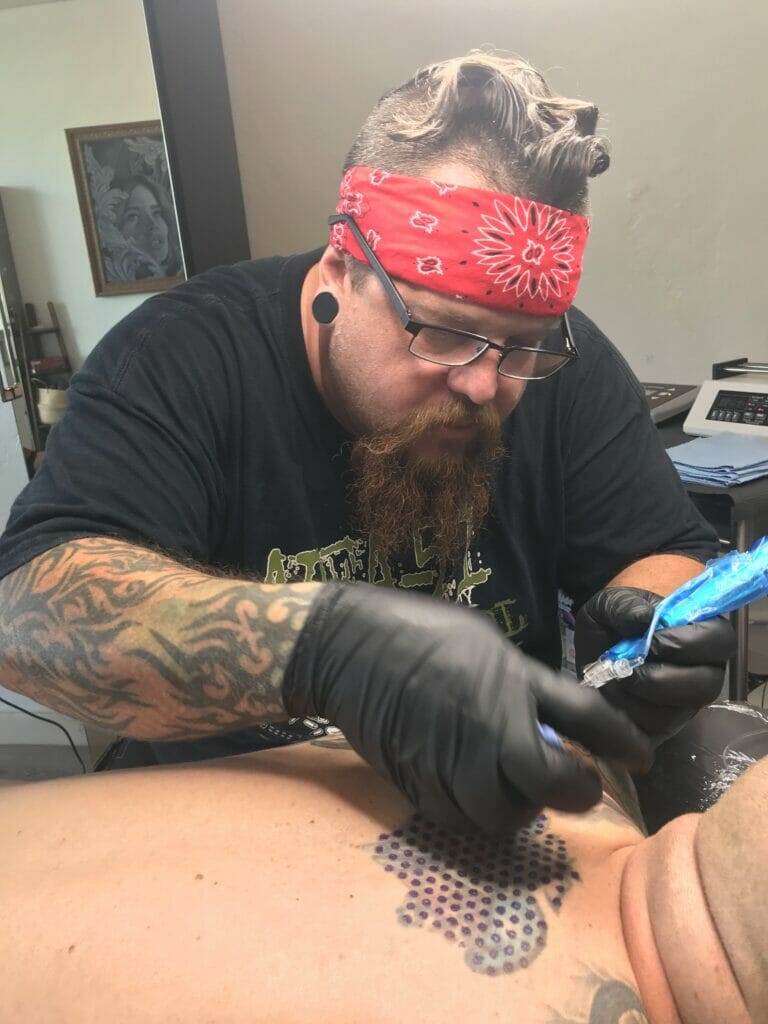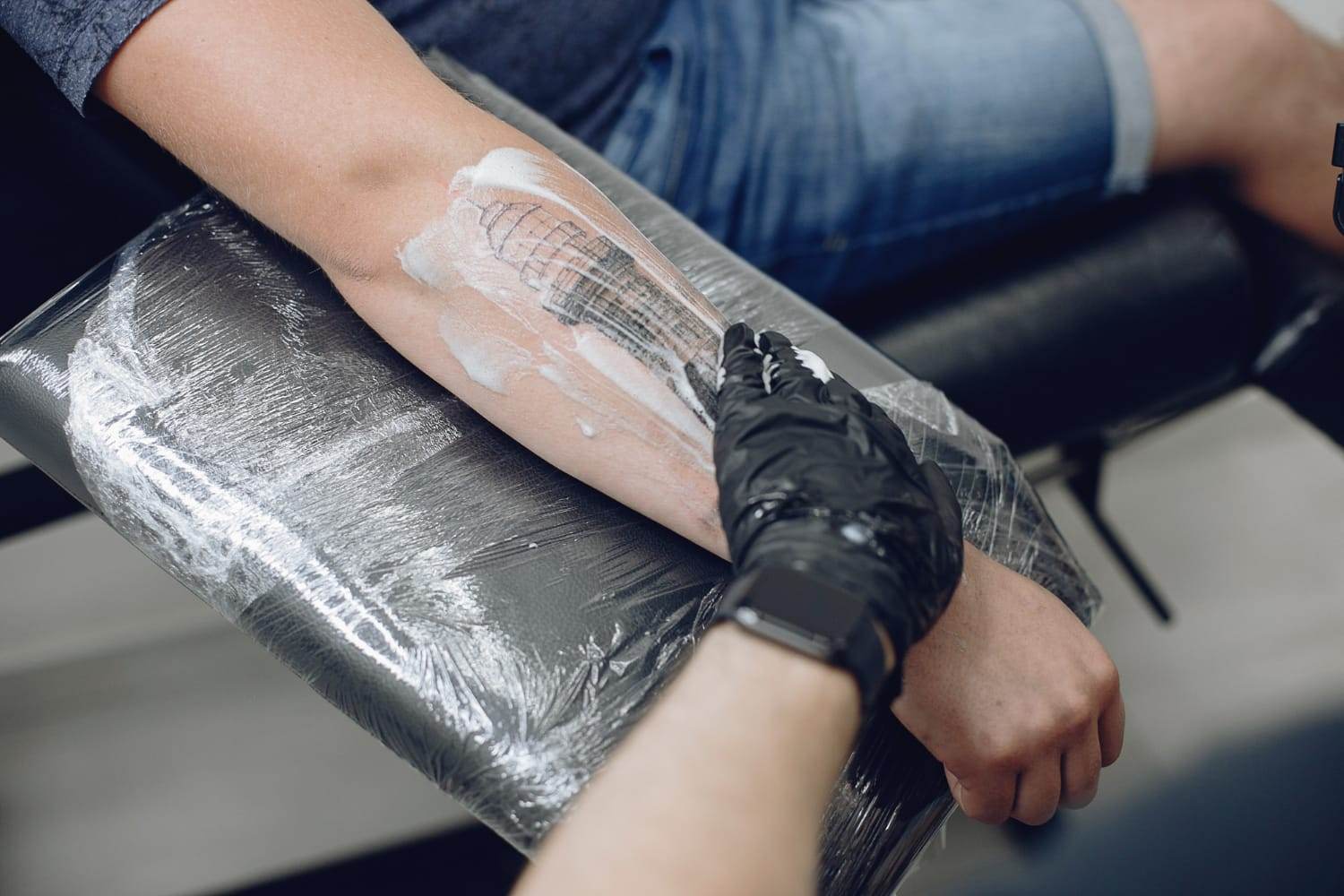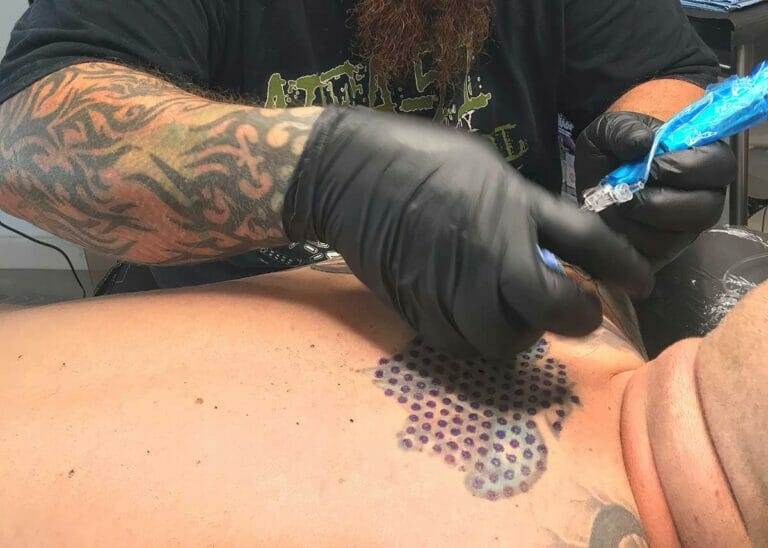Tattoos have been a form of self-expression for centuries, with evidence of their existence dating back to ancient civilizations. Over the years, tattoos have gained popularity and have become a mainstream trend. However, as people’s tastes and preferences change, there may come a time when individuals want to remove their tattoos. There are various reasons why someone may want to remove a tattoo, such as a change in personal beliefs, a desire to start fresh, or simply because they no longer resonate with the design.
The science behind tattoo ink
Tattoo ink is composed of various pigments suspended in a carrier solution. The pigments give the tattoo its color, while the carrier solution helps the ink flow smoothly and evenly into the skin. When a tattoo is applied, the tattoo artist uses a tattoo machine with needles to inject the ink into the dermis, which is the second layer of skin. The ink particles are too large for the body’s immune system to remove naturally, which is why tattoos are considered permanent.
Popular myths about tattoo removal
There are several myths surrounding tattoo removal that can lead to misconceptions and false expectations. One common myth is that tattoo removal creams are effective in completely removing tattoos. However, these creams often contain bleaching agents that can lighten the appearance of the tattoo but do not fully remove it. Another myth is that tattoo removal is extremely painful. While there may be some discomfort during the procedure, advancements in technology have made the process more tolerable. Lastly, many people believe that tattoo removal always leaves scars. While scarring is a possible side effect, it is not guaranteed and can be minimized with proper aftercare.
The truth about laser tattoo removal
Laser tattoo removal is currently the most popular and effective method for removing tattoos. It works by using high-intensity laser beams to break down the tattoo ink particles into smaller fragments. These fragments are then gradually eliminated by the body’s immune system. The success rates of laser tattoo removal vary depending on factors such as the color and type of ink used, the size and location of the tattoo, and the individual’s skin type. Multiple sessions are usually required to achieve optimal results, and the cost of laser tattoo removal can range from a few hundred to several thousand dollars.
Other tattoo removal methods
In addition to laser tattoo removal, there are other methods that can be used to remove tattoos. Dermabrasion involves using a high-speed rotary device to remove the top layers of skin, effectively erasing the tattoo. Salabrasion is a similar technique that involves scrubbing the tattooed area with a saltwater solution. Excision is a surgical procedure in which the tattoo is cut out and the surrounding skin is stitched together. These methods may be suitable for smaller tattoos or those in specific locations, but they can be more invasive and may result in scarring.
Factors that affect tattoo removal
Several factors can affect the success and outcome of tattoo removal. The age of the tattoo plays a significant role, as older tattoos tend to fade more easily compared to newer ones. The size and location of the tattoo also matter, as larger tattoos may require more sessions to remove completely. Additionally, the individual’s skin type and color can affect how well the laser targets the ink particles. Darker skin tones may require specialized lasers to avoid complications such as hyperpigmentation or hypopigmentation. Lastly, certain health conditions or medications may impact the body’s ability to heal and respond to the tattoo removal process.
Risks and side effects of tattoo removal

Like any medical procedure, tattoo removal carries some risks and potential side effects. Pain and discomfort are common during and after the procedure, but can be managed with topical anesthetics or pain medications. Scarring is another possible side effect, especially if the tattoo is large or located in an area prone to scarring. Infection is a risk if proper aftercare instructions are not followed, and changes in skin pigmentation can occur, resulting in either darker or lighter patches of skin. It is important to discuss these risks with a dermatologist or tattoo removal specialist before undergoing any tattoo removal procedure.
Preparing for a tattoo removal procedure
Before undergoing a tattoo removal procedure, it is essential to have a consultation with a dermatologist or tattoo removal specialist. They will assess the tattoo and discuss the best course of action based on factors such as the size, color, and location of the tattoo, as well as the individual’s skin type and overall health. It may be necessary to avoid certain medications or activities that can interfere with the healing process before the procedure. Proper skin care leading up to the procedure, such as moisturizing and protecting the area from sun exposure, can also help prepare the skin for tattoo removal.
Aftercare tips for tattoo removal
After a tattoo removal procedure, proper aftercare is crucial to promote healing and minimize complications. Keeping the area clean and dry is essential to prevent infection. Applying ointment or bandages as directed by the dermatologist or tattoo removal specialist can help protect the treated area and promote healing. It is important to avoid sun exposure and certain activities that can irritate or damage the skin, such as swimming or excessive sweating. Following these aftercare tips can help ensure optimal results and reduce the risk of complications.
How many sessions are needed for tattoo removal?
The number of sessions needed for tattoo removal varies depending on several factors. The color and type of ink used in the tattoo play a significant role, as certain colors are more difficult to remove than others. Black ink tends to respond best to laser treatment, while lighter colors such as yellow or green may require additional sessions. The size and location of the tattoo also impact the number of sessions needed, as larger tattoos or those in areas with less blood flow may require more treatments. On average, most tattoos require between 5 to 10 sessions for complete removal, but this can vary depending on individual factors.

Is tattoo removal worth it?
Deciding whether or not to remove a tattoo is a personal choice that depends on various factors. It is important to weigh the pros and cons of tattoo removal before making a decision. While tattoo removal can be effective in removing unwanted tattoos, it is not always guaranteed to be 100% successful, and there are risks and potential side effects involved. Additionally, the cost and time commitment of multiple sessions should be considered. Ultimately, individuals should carefully consider their reasons for wanting to remove a tattoo and consult with a dermatologist or tattoo removal specialist to determine the best course of action.









